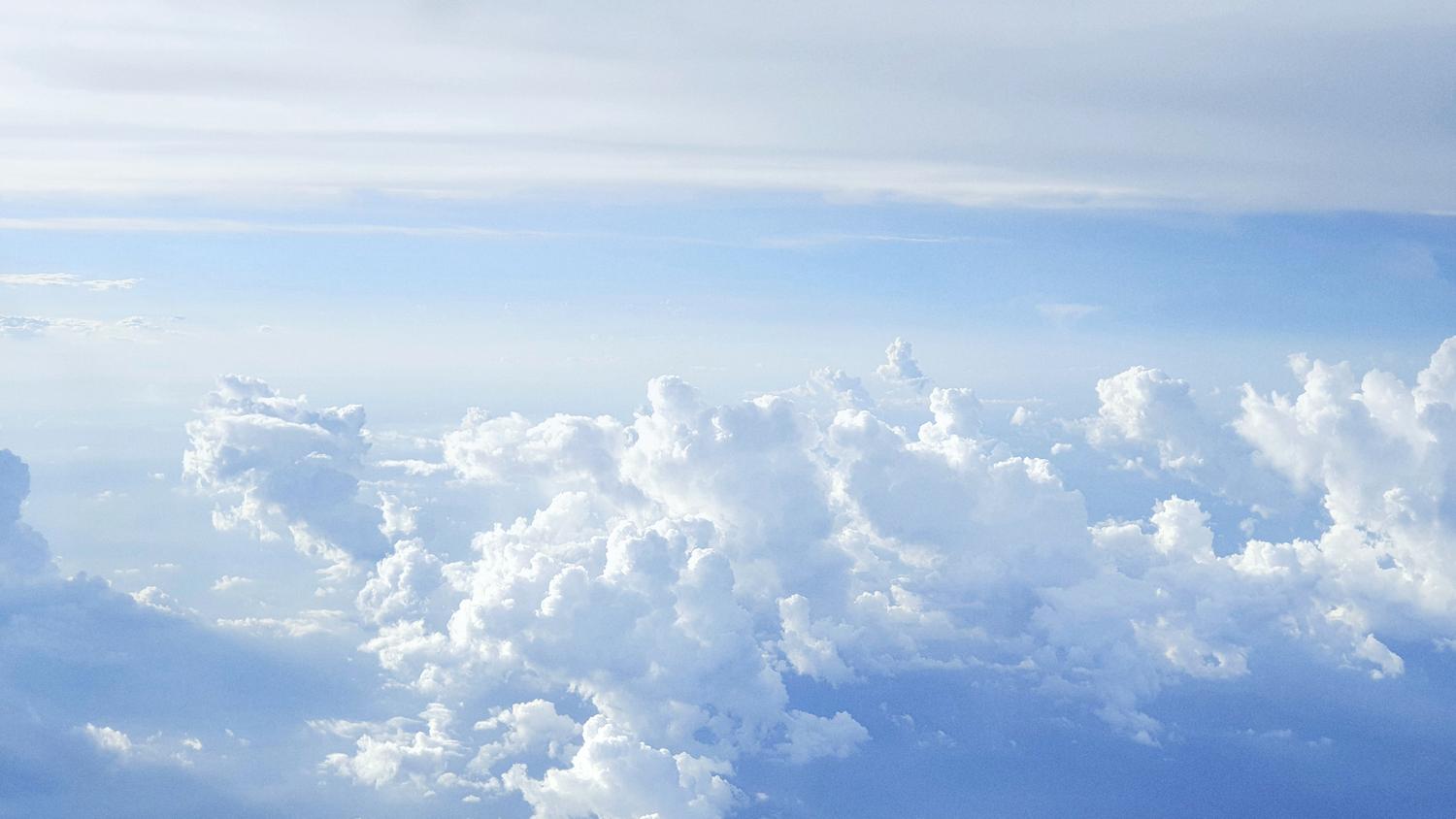
Aviation
4 minute read
What are scope 3 emissions and how can businesses tackle them?
Since the Paris Agreement, there has been a growing sense of urgency on reducing carbon emissions so that we can limit global warming within safe limits. To enable companies to credibly track and report their emissions, the Greenhouse Gas Protocol (GHGP) provides a framework of scope-categories which define the different kinds of emissions generated in a company's operations and value chains. Today, the so-called scope 3 emissions – for example from business travel – are increasingly in the spotlight, but do you know why, what they are and how to reduce them?
What are examples of scope 3 emissions?
Scope 3 emissions include indirect emissions from a company’s value chain such as emissions from:
Transport and the distribution of goods and services
Waste generation
Business travel
Employees’ commuting
Use and disposal of products
Investments made by the organization
In contrast, scope 1 and 2 emissions have a more narrow focus:
Scope 1 emissions are the company’s direct emissions from sources it owns or controls, such as combustion of fuels in boilers and company owned or controlled vehicles, or emissions from industrial processes and on-site manufacturing.
Scope 2 emissions are indirect emissions associated with the organization’s consumption of purchased electricity, steam, heating and cooling

Why do companies need to focus on scope 3 emissions – and how can they do this?
Some 75% of the emissions generated by all businesses fall under scope 3. So while tackling scope 1 and 2 emissions remains important, it is clear that if businesses are committed to really reducing their overall carbon footprint, they must pay attention also to their value chains.
Doing so makes good business sense: by becoming a link in the value chain that helps other businesses reduce their scope 3 emissions and meet climate targets, companies also become more attractive to sustainability-minded consumers, as well as investors.
The remit of scope 3 can seem overwhelming, but a great place to get started is the GHG Protocol Corporate Value Chain (scope 3) Accounting and Reporting Standard.
The standard breaks scope 3 emissions down into 15 categories, helping businesses identify the areas in which they can have the greatest impact and quickest wins in terms of reducing GHG emissions, while also creating a level playing field that supports partnerships and collaboration.

A case study: Business travel and transport-related scope 3 emissions
“The high demand for business travel is a major contributor to a big organization’s scope 3 emissions,” says Thomas Bock, Senior System Manager at International Sustainability & Carbon Certification (ISCC). “Other than not flying at all, the best way for them to reduce their emissions is to use sustainable aviation fuel, SAF.”
Susanne Bouma, Head of Customer Experience and Offer Management, Renewable Products at Neste, a global leader in the field of renewable diesel and sustainable aviation fuel, agrees: “Air travel – and indeed transport in general – is clearly a big contributor to scope 3 emissions. Offsetting, whereby an organization compensates for its carbon emissions by funding an equivalent saving elsewhere, has been the most popular way to reduce emissions, but using renewable energy is now becoming a more attractive alternative as it reduces emissions instead of compensating for emissions outside a company's own value chain.”
Reducing scope 3 emissions for business travel
Bouma points to a new solution aimed at helping businesses reduce their scope 3 emissions from air travel and transport while also making reporting the realized reductions easier: “For those companies for which business travel remains needed, purchasing SAF via our Neste Impact solution can reduce the company’s aviation related GHG emissions by up to 80%* when compared to using conventional jet fuel.”
It is increasingly important for companies to be able to report on emission reductions achieved in a credible way – something that is integrated into Neste Impact, which is using a book and claim approach, and where certification comes into play.
“Certification plays a key role in bringing an extra layer of transparency and credibility to SAF reduction claims and that is why we developed the ISCC Credit Transfer System,” Bock says. The ISCC Credit Transfer System enables a credible and traceable transfer of sustainability benefits from the use of sustainable aviation fuel along the value chain. This enables companies like corporate end-users to credibly report the emission reduction achieved by using sustainable aviation fuel. “With every detail on SAF purchase and use stored in the registry, it becomes much easier for companies to measure and then credibly claim they have reduced their scope 3 emissions,” says Bock.

Neste Impact
Credibly reduce your aviation emissions
In addition to business travel, Neste’s Bouma suggests road transport as another category where big cuts to scope 3 emissions can be achieved relatively easily.
“Road transport is an area where organizations can also make big changes to their carbon footprint because most freight is still distributed using trucks, ships, and trains powered by fossil fuels,” she explains. “Shifting to suppliers and logistics companies using renewable diesel or battery-powered transport would be a great first step for these businesses.”
*Calculated comparing emissions from the use of fossil jet fuel to the use of neat, i.e. unblended, SAF over the life cycle of the fuel with established life cycle assessment (LCA) methodologies, such as CORSIA methodology.
Read more about Neste’s climate commitments.





